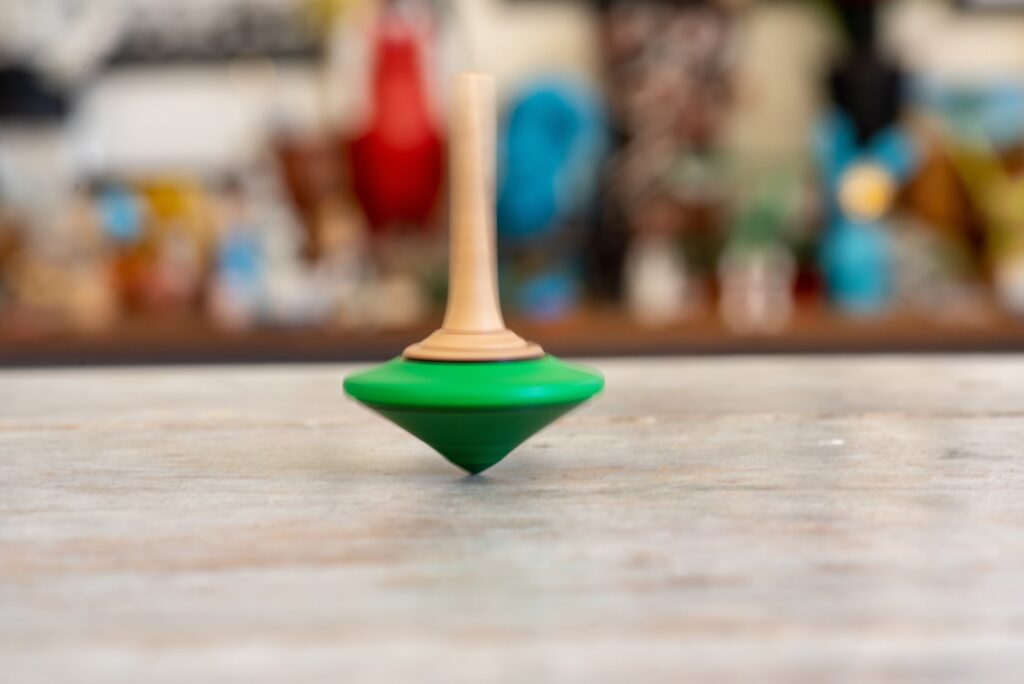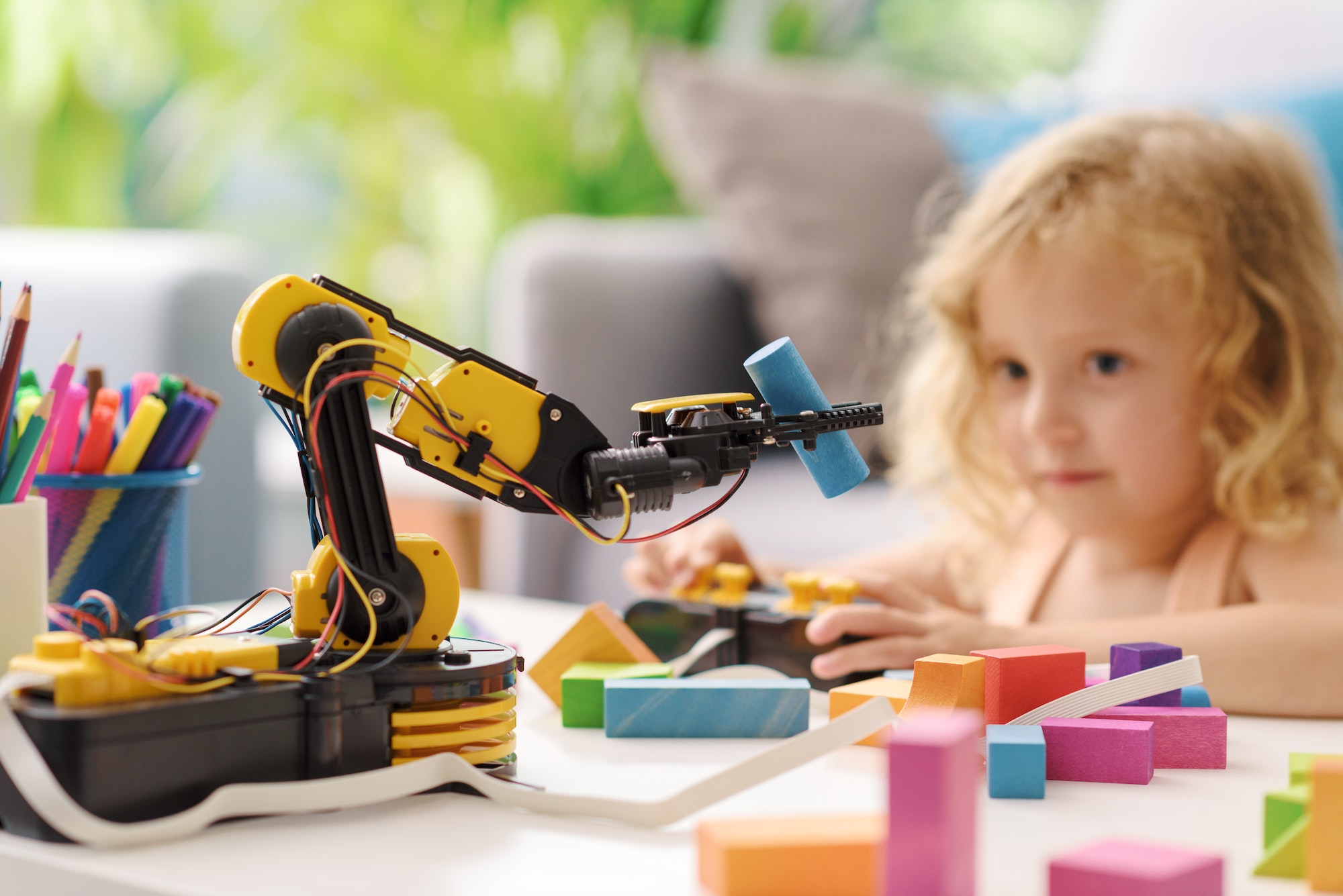Parenting
All About Stimming
What Is Stimming?
Stimming, short for self-stimulatory behavior, refers to repetitive or rhythmic movements, sounds, or actions that individuals engage in to self-regulate or self-soothe. It is commonly associated with autism spectrum disorder (ASD) but can also be observed in individuals with other developmental or neurological conditions.
Autism stimming behaviors can vary widely among individuals with autism. Examples include hand flapping, rocking back and forth, spinning in circles, finger flicking, repeating words or phrases, or making specific sounds. These behaviors serve different purposes for different individuals, such as reducing anxiety, expressing excitement or joy, providing sensory input, or coping with overwhelming stimuli.
Stim Toys
Stim toys, short for stimulation toys, are objects specifically designed to provide sensory input and help individuals, particularly children with autism, engage in stimming behaviors in a controlled and safe manner. These toys offer various tactile, auditory, or visual stimuli, allowing individuals to fulfill their sensory needs and promote self-regulation. Here are some common types of stim toys and their benefits:

Fidget Toys
These toys are designed to be manipulated, squeezed, twisted, or stretched. They can provide tactile stimulation and help redirect restless or anxious energy. Fidget spinners, stress balls, and textured or squishy toys fall into this category.

Visual Stim Toys
Toys that offer visual stimulation, such as light-up toys, liquid motion timers, or spinning tops, can captivate attention and provide a soothing or engaging visual experience.


Tactile Stim Toys
These toys focus on tactile input and can include items like textured balls, squishy toys, or fabric squares with different textures. They offer opportunities for individuals to explore different tactile sensations and promote sensory integration.

Auditory Stim Toys
Toys that produce sounds or music, such as noise-making gadgets, musical instruments, or calming sound machines, can provide auditory stimulation and help individuals focus or relax.

Importance of Stim Toys
Stim toys can be valuable tools for children with autism for several reasons:

Self-Regulation
Engaging in stimming behaviors with stim toys can help individuals regulate their emotions and sensory experiences. It allows them to manage stress, reduce anxiety, and maintain a sense of control in overwhelming situations.

Focus & Attention
Providing sensory input through stim toys can enhance concentration and attention. By occupying sensory channels in a controlled manner, children may find it easier to concentrate on tasks or engage in learning activities.

Sensory Exploration
Stim toys encourage sensory exploration and experimentation, allowing children to discover and understand their own sensory preferences. This self-awareness can be helpful in developing coping strategies and managing sensory sensitivities.
Communication & Expression
Stimming behaviors can serve as a form of communication or expression for individuals who struggle with verbal communication. Stim toys provide alternative ways to express emotions, needs, or interests non-verbally.
It is important to note that stim toys should be selected based on individual preferences and needs. What works well for one child with autism may not be suitable for another. Therapists, educators or parents can play a crucial role in identifying appropriate stim toys and integrating them into a child’s routine or learning environment to maximize their benefits.
Guide Disclaimer
The information provided in this article is intended for general informational purposes only and should not be considered as professional advice or a substitute for medical, therapeutic, or educational guidance. Every child’s needs are unique, and what works for one child may not work for another. It is essential to consult with qualified professionals, such as doctors, psychologists, therapists, or educators, who can provide individualized recommendations and support tailored to your child’s specific needs.


